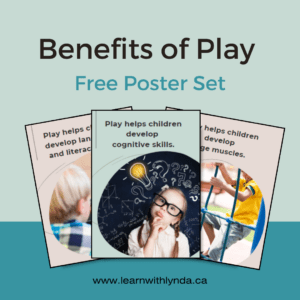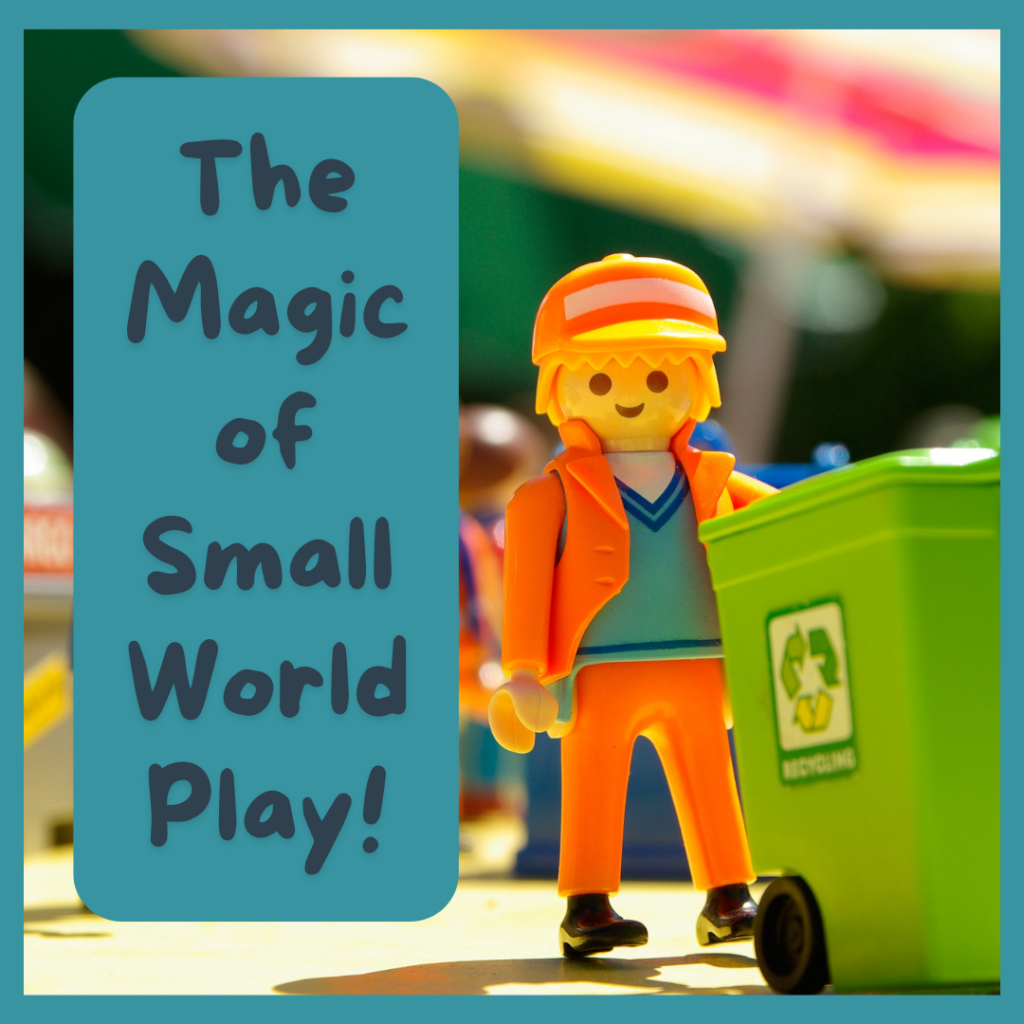Small world play involves using miniature figures, animals, buildings, and other objects to create and explore a detailed, small-scale world. This type of play offers children a unique way to interact with the world around them, encouraging both imaginative exploration and skill development.
Here’s how small world play benefits children in the classroom:
1. Exploring the World at a Smaller Level
Small world play allows children to explore the world in a way that is scaled down to a level they can control and comprehend. By manipulating miniature versions of people, animals, and objects, children gain a better understanding of their environment and the various elements that make up the world around them. This hands-on exploration helps them make sense of complex ideas and scenarios in a more manageable and relatable way.
2. Develops Fine Motor Control
Manipulating small objects in small world play requires precision and dexterity, which helps children develop fine motor control. Whether they’re positioning tiny figures or arranging small accessories, these actions strengthen the muscles in their hands and fingers.
3. Communicating and Expressing Myself
Small world play offers children an opportunity to communicate and express themselves through the stories they create. As they act out scenarios with their miniature figures, they use language to describe actions, emotions, and events. This type of play encourages verbal communication and helps children practice expressing their thoughts and ideas, both verbally and non-verbally.
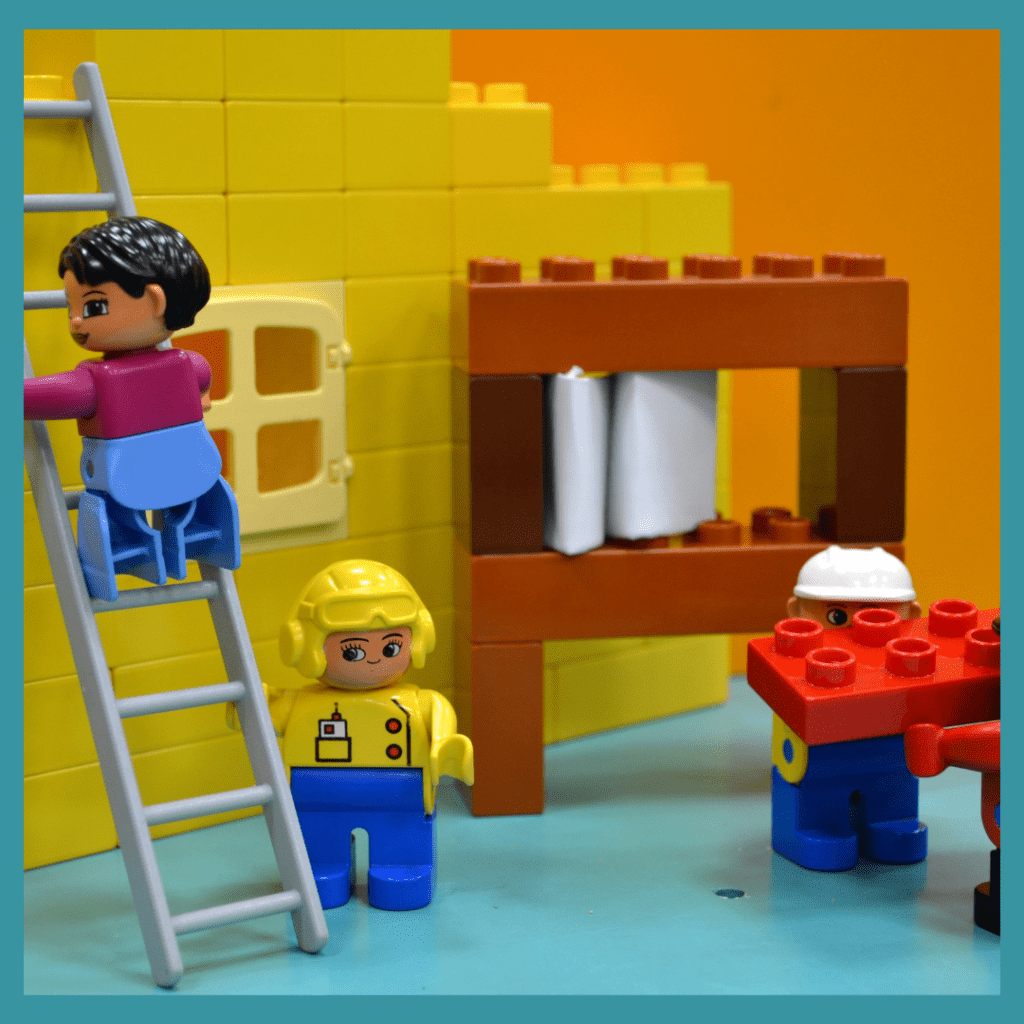
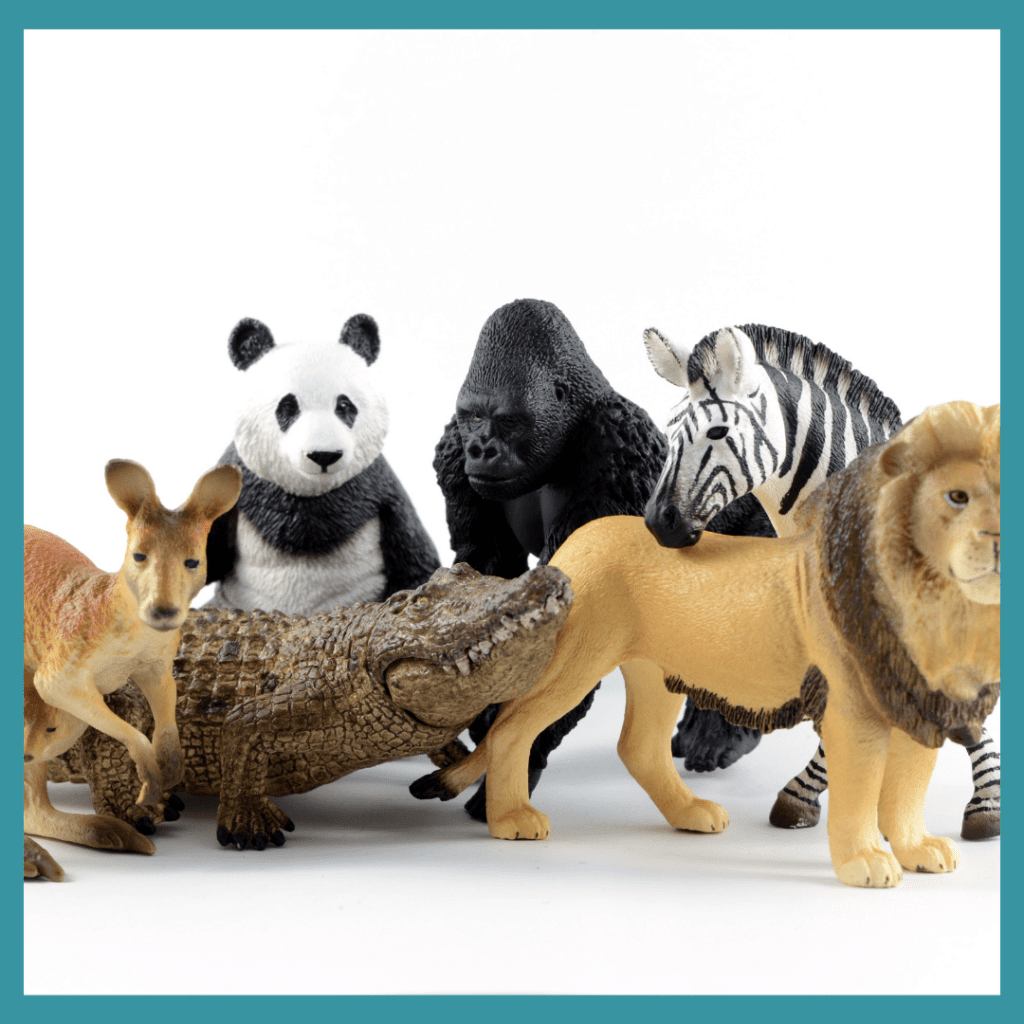
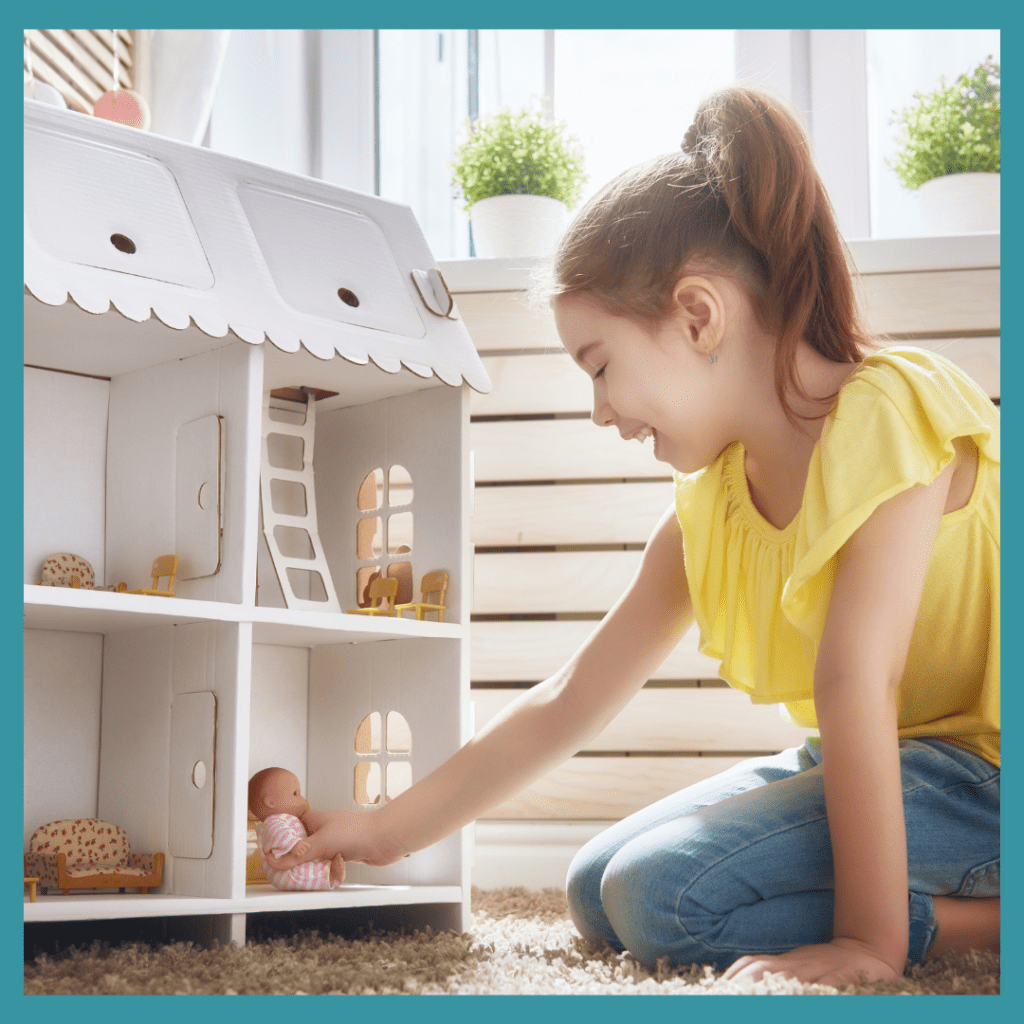
4. Exploring Emotions and Experiences
Through this type of play, children can explore and process their own emotions and experiences in a safe and controlled environment. They may act out scenarios that reflect real-life situations, allowing them to explore feelings of joy, fear, frustration, or excitement. This type of play provides a valuable outlet for emotional exploration and helps children understand and manage their emotions.
5. Processing Themes Such as Friendship
Small world play often involves themes of friendship, cooperation, and social interaction. Children may create scenarios where characters work together, share resources, or solve problems. This allows them to explore the dynamics of relationships and develop a deeper understanding of social concepts such as trust, empathy, and collaboration.
6. Creating and Recreating Familiar Settings
Children often use small world play to recreate familiar settings, such as their home, school, or a park. This helps them process and understand their everyday environments, making connections between their real-world experiences and the scenarios they create in play. Recreating familiar settings also allows children to experiment with different outcomes and explore various aspects of these environments in a controlled way.
7. Cooperating and Negotiating
Small world play can be a collaborative activity, where children work together to build and explore their miniature worlds. This encourages them to cooperate, share ideas, and negotiate roles and responsibilities within the play. These interactions help children develop important social skills, such as teamwork, communication, and conflict resolution.
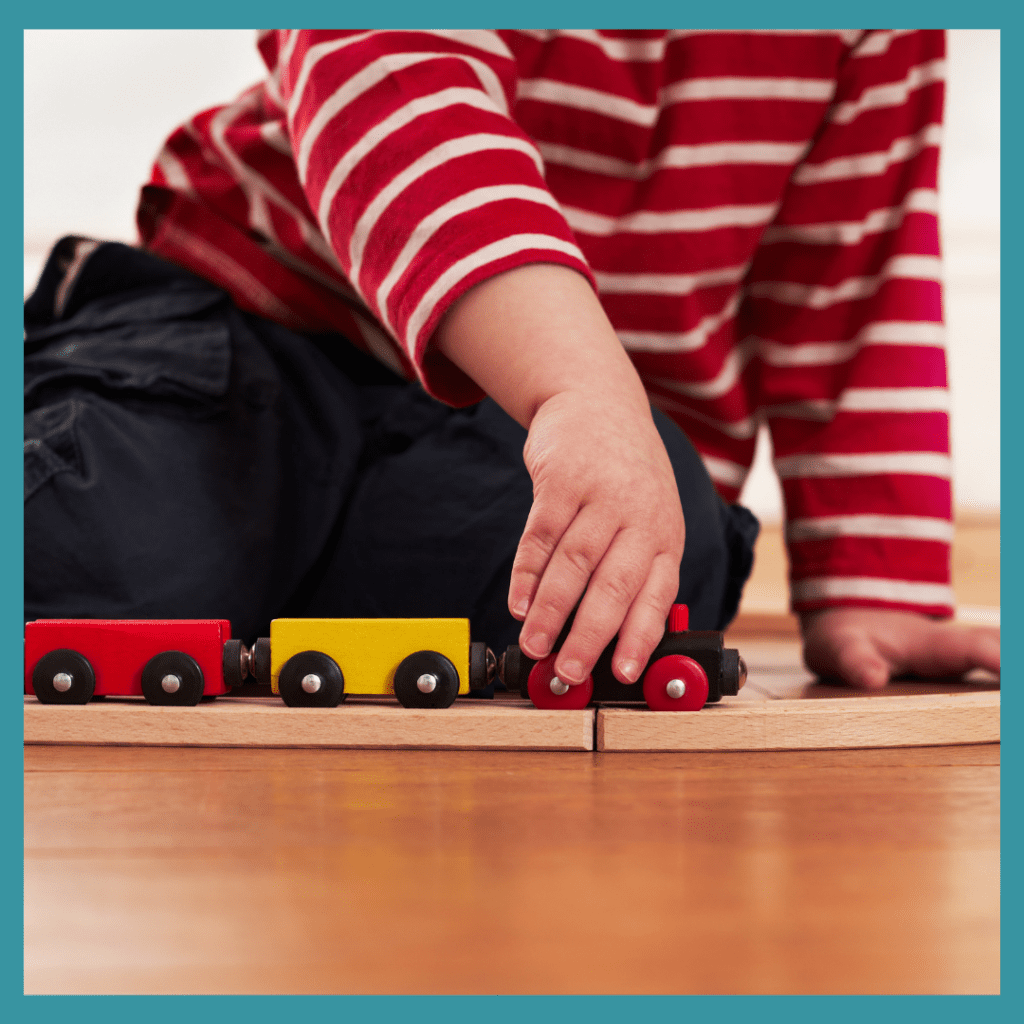
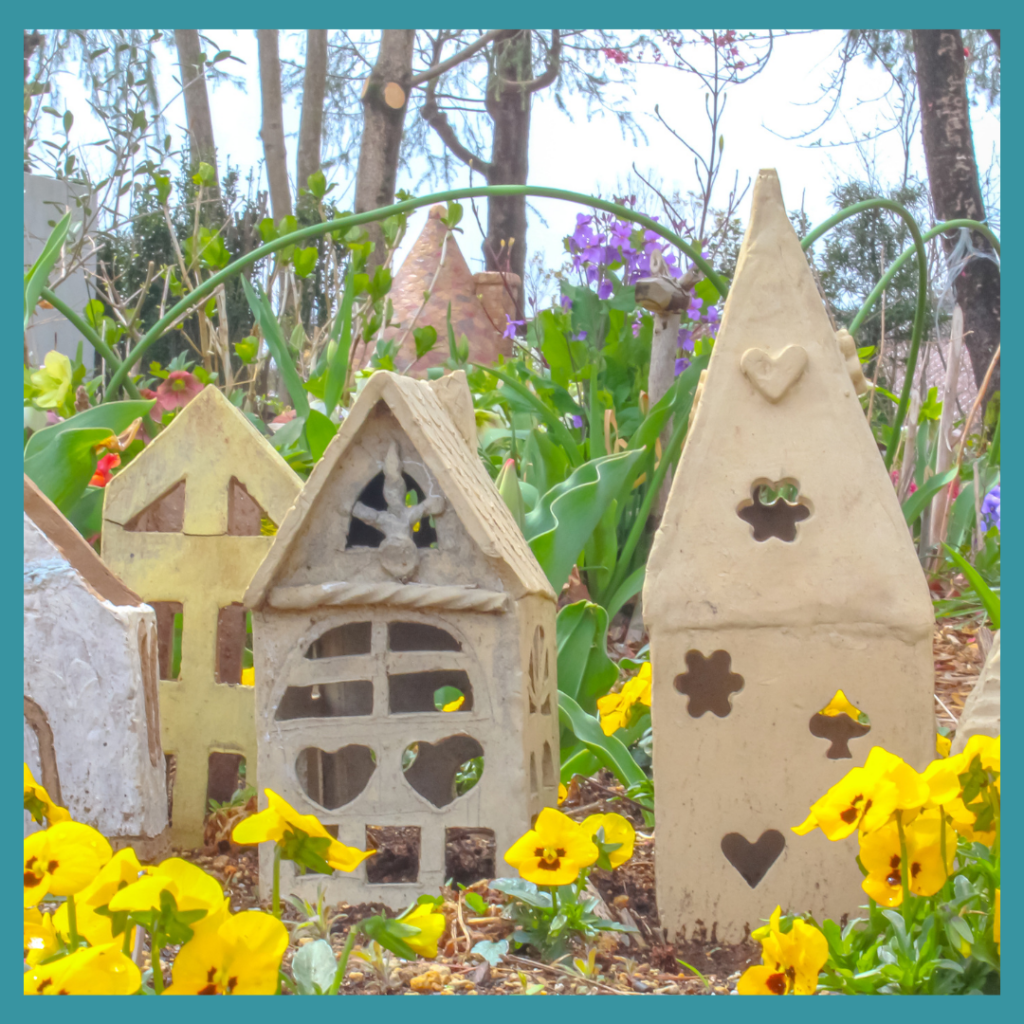
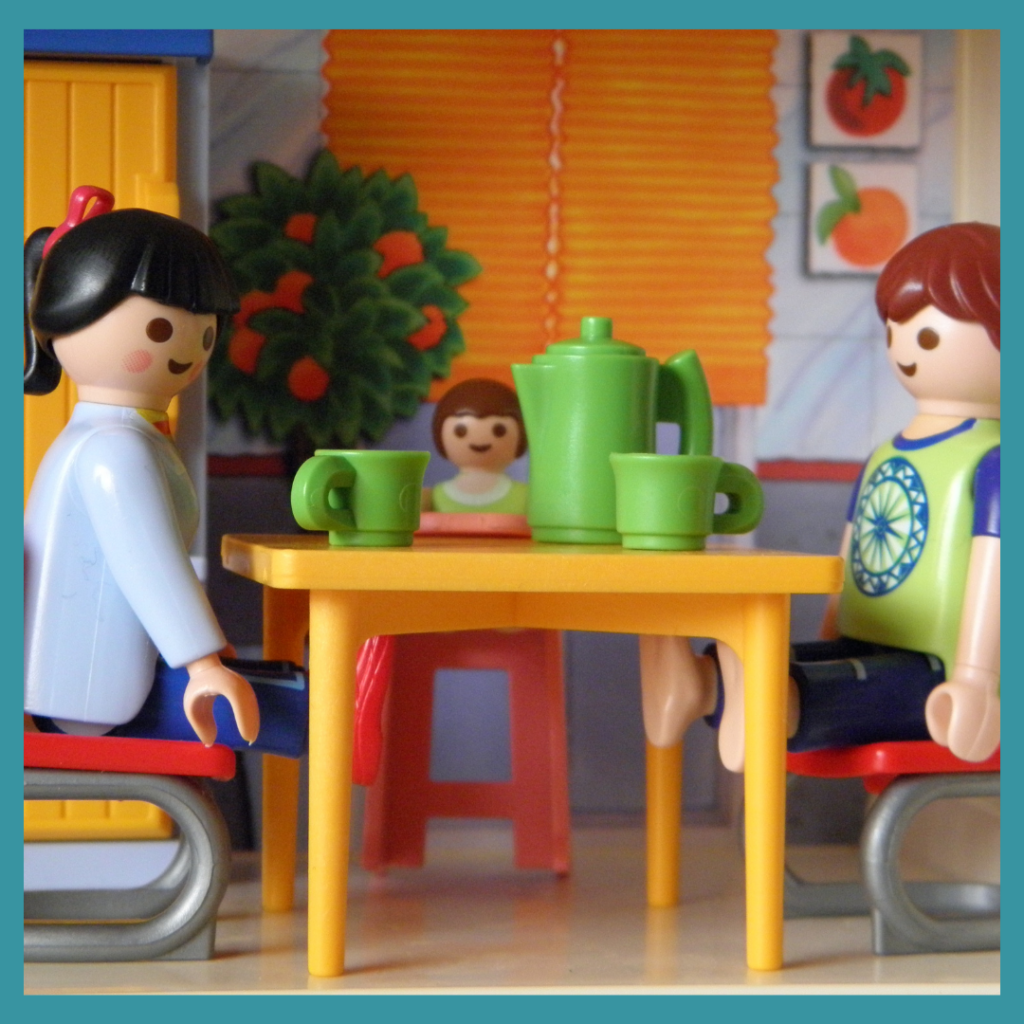
Small world play offers a wealth of benefits that support a child’s cognitive, emotional, and social development. By engaging in this type of play, children explore the world on a manageable scale, develop fine motor skills, and express themselves creatively. They also have the opportunity to process emotions, understand social dynamics, and practice cooperation and negotiation. Incorporating this type of play into your classroom or home provides a rich and engaging way your children to learn, grow, and develop essential life skills.
Happy Learning,
Lynda
Hey, do you have this yet?
